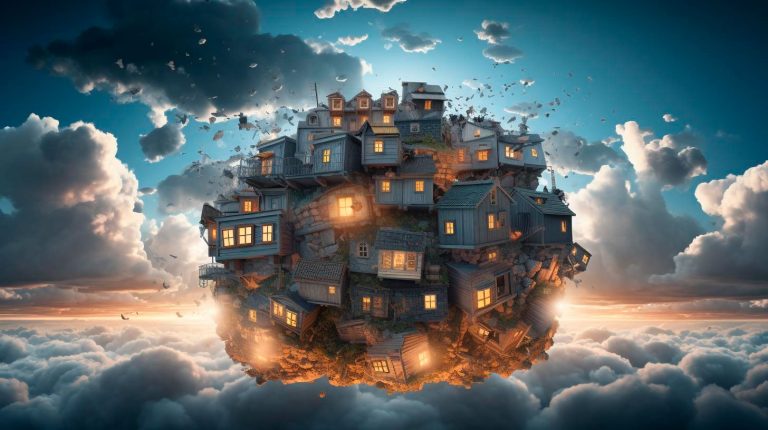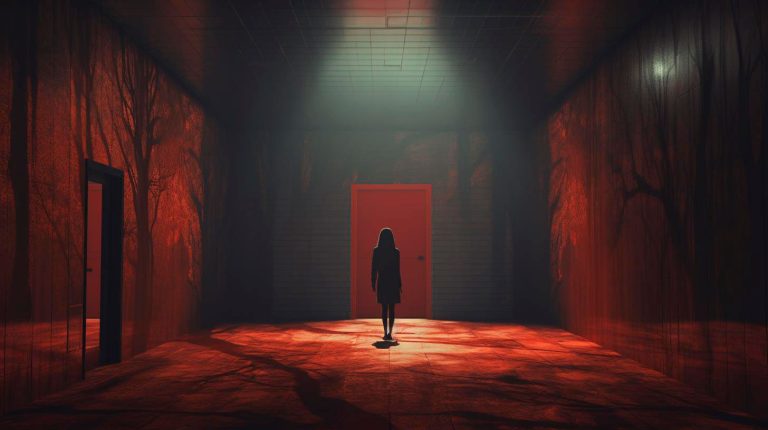The Importance of Lighting Balance
Before we dive into the tips, let’s understand why achieving lighting balance is so important. A well-balanced lighting setup can enhance the overall visual experience, evoke emotions, and even convey a specific message. It plays a significant role in setting the mood, directing the viewer’s attention, and highlighting key elements within the frame.
Now, let’s take a look at some essential tips that will guide you towards achieving that perfect lighting balance:
Understand the Different Types of Lighting
Lighting can be broadly classified into three main categories: natural or ambient light, artificial or continuous light, and artificial or strobe light. Understanding the characteristics of each type will enable you to choose the most suitable one based on your requirements.
- Natural light allows for a softer and more diffused illumination. It’s ideal for creating a natural or documentary feel.
- Continuous light refers to lighting sources like LED panels or tungsten bulbs. It gives you better control over the intensity and direction of light.
- Strobe light is a burst of intense light produced by flash units. It can freeze motion and provide a more dramatic effect.
Master the Basics of Three-Point Lighting
Three-point lighting is a fundamental technique used in photography, videography, and film-making. It involves three key light sources: key light, fill light, and backlight. Understanding how to position and adjust these lights will help you achieve a balanced and visually appealing result.
- The key light is the primary light source that illuminates the subject. It should be positioned slightly above and to one side of the subject to create depth and shadow.
- Fill light helps fill in the shadows created by the key light. It should be placed on the opposite side of the key light, providing a softer and more even illumination.
- Backlight, as the name suggests, is positioned behind the subject to separate it from the background. It adds depth and highlights the subject’s contours.
Experiment with Light Modifiers
Light modifiers play a vital role in shaping and controlling the light. From diffusers to reflectors, each modifier has a unique function and effect on the final result. Experimenting with different modifiers allows you to create various lighting styles and moods.
- A softbox diffuses the light and produces a soft, flattering effect on the subject.
- Reflectors bounce light back onto the subject, enhancing details and reducing shadows.
- Gels are transparent sheets placed in front of the light source to modify the color temperature or create special effects.
Consider the Color Temperature
Color temperature refers to the warmth or coolness of light. Understanding color temperature is crucial for achieving the desired mood and atmosphere in your visuals. Different light sources have different color temperatures, measured in Kelvin (K).
- Warm light, around 2700-3500K, creates a cozy and intimate atmosphere.
- Neutral light, around 3500-4100K, provides a natural and balanced feel.
- Cool light, around 4100-5000K, gives a crisp and refreshing look.
- Daylight, around 5000-6500K, offers a bright and energetic ambiance.
Make Use of Light Ratios
Light ratios refer to the contrast between the brightest and darkest areas of an image. Understanding and controlling light ratios can add depth and dimension to your visuals. Experimenting with different ratios will allow you to create a range of lighting effects.
- A low light ratio, such as 2:1, results in a more even and softer illumination.
- A high light ratio, such as 8:1, produces a more dramatic and contrasting effect.
Key Takeaways
- Understanding the different types of lighting and their characteristics is essential.
- Mastering the basics of three-point lighting will help you achieve a balanced result.
- Experimenting with light modifiers allows for creative control over the lighting setup.
- Considering the color temperature helps in setting the intended mood and atmosphere.
- Controlling light ratios adds depth and dimension to your visuals.
In Conclusion
Creating the perfect lighting balance requires practice, experimentation, and an understanding of the principles mentioned above. By mastering these techniques, you can elevate the visual quality of your work and convey your desired message effectively. So, go ahead, grab your lights, and start exploring the world of lighting!



















+ There are no comments
Add yours